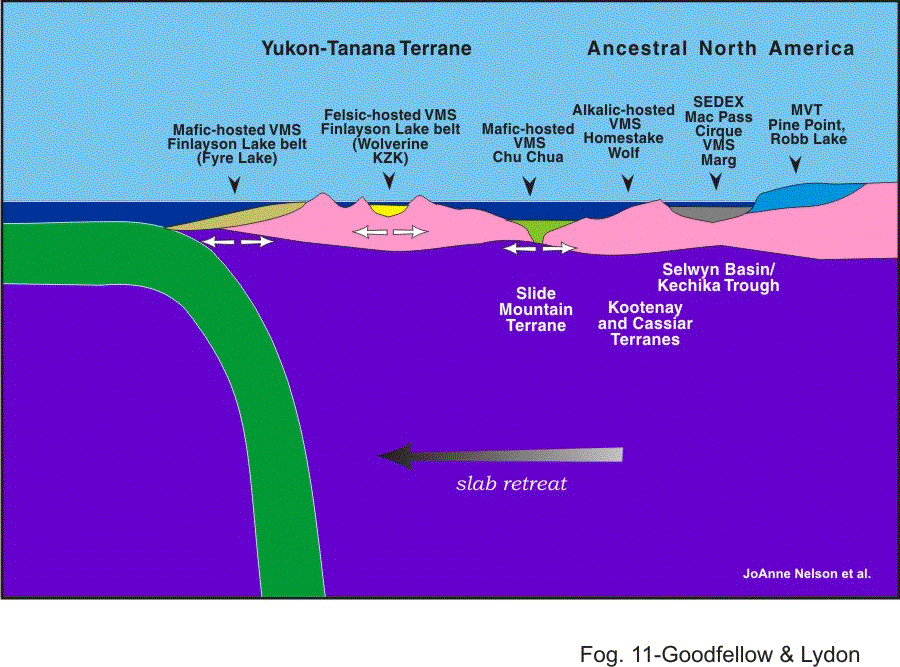 Figure 8:  Figure 11:  Figure 14: カナダ地質調査所(Geological Survey of Canada)による『Mineral Deposits of Canada Maps of deposits and resources(world)』から |
Sedimentary exhalative (SEDEX) deposits
by Wayne Goodfellow and John Lydon
Contents of this page:
Abstract
Introduction
Deposit definition
Economic Characteristics
Geological attributes of SEDEX deposits)
Chemical Attributes
Geology
Genetic and Exploration Models
Key exploration criteria for Canadian SEDEX Deposits
Knowledge gaps
Areas of high mineral potential in Canada
Acknowledgements
Tables and Appendices
Figures
References
There are 132 SEDEX (including Irish and BHT subtypes) deposits worldwide with known grade and tonnage, and of these, 50 have geological resources equal to or greater than 20 Mt. In Canada, there are 35 deposits, seven with measured geological resources of more than 20 Mt, including the Sullivan deposit with 162 Mt. Twelve Canadian deposits are past producers, the largest of which is the Sullivan deposit, which produced 149 Mt of 5.33 percent Zn and 5.64 percent Pb.
The morphology of SEDEX deposits is highly variable and includes mounds, lenses, and tabular or sheet-like bodies. Their internal architecture is controlled by the proximity of seafl oor sulphides to fl uid discharge vents. Vent-proximal deposits typically formed from buoyant hydrothermal fl uids, whereas vent-distal deposits formed from fl uids that are denser than seawater and pooled in bathymetric depressions that may be remote from seafl oor vents.
Most SEDEX deposits are hosted by organic-rich sedimentary rocks that were deposited in basins during periods in the Earth’s history when the oceans were stratifi ed with a lower anoxic and H2S-rich water column. In the Paleozoic Selwyn Basin, for example, there is a close temporal relationship between upward-increasing δ34S secular trends in sedimentary pyrite, anoxic laminated carbonaceous shales and cherts, and three major SEDEX forming events in the Late Cambrian, Early Silurian, and Late Devonian.
The typical basinal architecture of most SEDEX deposits is a continental rift basin with at least 2 to 5 km of syn-rift, coarse-grained, permeable clastics and related volcanic rocks and/or volcaniclastics overlain by post-rift relatively impermeable basinal shales or carbonates. Hydrothermal discharge to the seafl oor was commonly focused at the intersection of extensional and transform faults. There is close temporal and, in many cases, spatial association of SEDEX deposits with basaltic volcanic rocks, dykes, and sills. The low rigidity, permeability, and thermal conductivity of host sediments served to focus and prolong hydrothermal discharge at a restricted number of vent sites, thereby generating deposits that are an order of magnitude larger on average than VMS deposits.
SEDEX deposits most likely formed from oxidized and therefore H2S-poor fl uids generated in geopressured hydrothermal reservoirs within syn-rift clastic (and evaporitic) sediments sealed by fi ne-grained marine sediments. The large variability in the temperature, salinity, metal content, and redox conditions of SEDEX fl uids was controlled by a number of parameters including the local thermal regime, the redox state of the reservoir sediments, and the presence or absence of evaporates. Because most of the fl uids that formed SEDEX deposits were probably depleted in reduced S, an essential requirement for this deposit type is a suffi cient supply of reduced S at the site of deposition. In the case of well-bedded deposits that formed at the seafl oor, the most likely S source is bacteriogenic H2S generated in an ambient anoxic water column.
 Figure 8:  Figure 11:  Figure 14: カナダ地質調査所(Geological Survey of Canada)による『Mineral Deposits of Canada Maps of deposits and resources(world)』から |